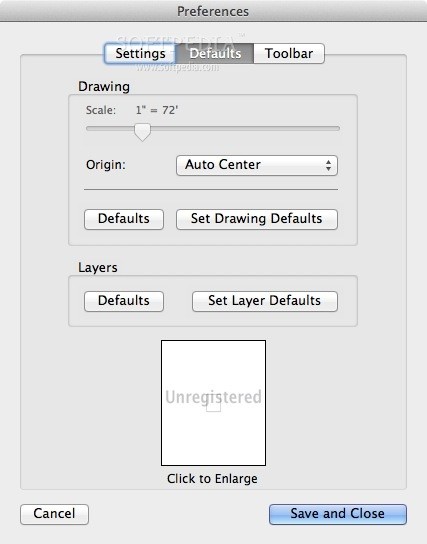

In his opinion, the acreage and the 1931 survey forced the boundary line, and the appellee’s deed should have shown that the land lay in both Land Lots 76 and 77, because it was necessary to cross the land lot line to give appellee the exact acreage called for in the deed and to establish the dividing line. Storey testified that the land lot line was not the boundary, notwithstanding that the deeds used the land lot line as the boundary between Land Lots 76 and 77. “Storey admitted that the Westbrook survey of 1955 and the Mitchell survey of 1994 both located and placed monuments where the land lot line between Land Lots 76 and 77 was located on the ground.
#METES AND BOUNDS EXAMPLE TRIAL#
Martin appealed to the Court of Appeals of Georgia, and in April of 1997, the Court reversed the lower court’s decision and remanded the case back to the trial court for the purpose of conducting a new trial. It was therefore impossible to tell which boundary lines were correct. Another survey was done in 1994, whereupon it was learned that all three surveys drew different boundary lines for the property. In 1982, the land was surveyed again, however the boundary lines were significantly different than those that had been drawn during the 1955 survey. Westbrook marked out with iron stakes the boundary lines that he had measured. Westbrook, to survey the land forming the property line between lot 76 and lot 77.

In 1955, Ruth hired a land surveyor, N.S. Instead, the land was consistently described as having a certain number of acres “more or less.” The legal description at that time had not been updated to include metes and bounds. Ralph passed away in 1952, whereupon the land was transferred to Ruth Martin. On April 6, 1951, Byrd transferred the land to Ralph Patton. In 1942, when a piece of land was sold to Byrd Patton, the legal description of that land did not contain metes and bounds. Metes and Bounds Example Involving a Transfer of LandĪn example of metes and bounds problems involved a transfer of land, which had never been properly measured. For instance, metes and bounds surveys are now accompanied by images from MapQuest and GlobeXplorer, both of which can show a more detailed representation of the precise boundaries being discussed. In addition to the easily identifiable abbreviations that are used in the metes and bounds survey, technology has also made it possible to include more precise images. PROPERTY DESCRIPTIONĬOM AT E 1/4 POST OF SEC, TH S 1 DEG 05′ E 112.42 FT IN E LINE OF SEC, TH S 66 DEG 08′ W 702.70 FT IN CENT OF HWY FOR PL OF BEG, TH S 14 DEG 06′ E 850.03 FT, TH S 66 DEG 09′ W 244.27 FT, TH N 22 DEG 40′ W 542.46 FT, TH N 66 DEG 09′ E 843.26 FT IN CENT OF HWY TO THE PL OF BEG, SEC 2, T2S-R7E, 3.62 AC. The assessor’s parcel number is the property’s tax identification number. The following is an actual example of a metes and bounds survey that was recorded in Superior Township, Washtenaw County, Michigan. These jurisdictions typically rely on streets and their intersections to define the boundaries of each electoral district. The history of metes and bounds use affects election constituency boundaries today as well, as these are still described using metes and bounds, even in jurisdictions where they are not used in property sales. To this day, Texas still primarily uses the metes and bounds system due to the fact that it was an independent republic prior to achieving statehood. The history of metes and bounds use continues today in those states that were originally part of the Thirteen Colonies – or before 1785 – in areas where land was being allocated, such as Maine, Tennessee, West Virginia, and Vermont. The history of metes and bounds use came into play back during the days of the original colonies making up the United States. This is because a more detailed definition would otherwise be either too expensive to carry out, or simply unnecessary. For instance, a manmade wall, public roadway, or even an existing building can serve as a plot of land’s “bounds.” Bounds are often used to define bigger pieces of property, such as farms, or political subdivisions, including a town’s boundaries. “Bounds” is a term that is used to describe a property’s boundary lines in a more general sense.

This means that metes can be described as north, south, east, or west. A property’s direction may be as simple as a compass point, or the direction that each point of the property faces. Metes can also be found by determining a plot of land’s direction. “Metes” are a piece of property’s boundary lines, as determined by measuring its “straight runs.” A straight run is the distance between two points.


 0 kommentar(er)
0 kommentar(er)
